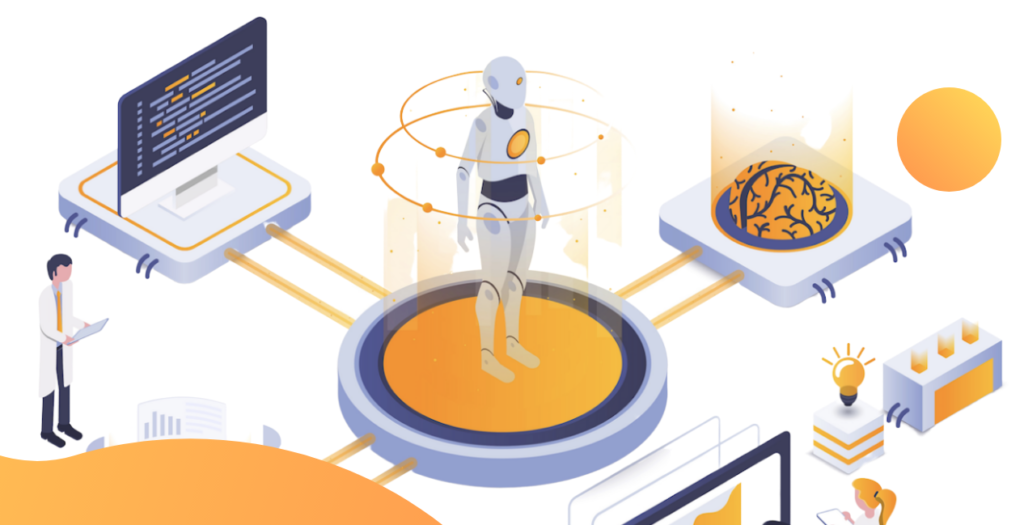To achieve the aim of benefitting mental well-being, behavioral science and its application to design are essential. Understanding how choices are made is crucial to change user behaviors. To do so, I will take a closer look into heuristics and the behavioral design toolbox.
“Humans run, and ruin, the world, and behavioral science helps us understand and drive changes in human behavior.”
– Monica Parker
Founder, HATCH Analytics

Heuristics
To simplify our day-to-day decision making and to speed up thinking, we use cognitive “shortcuts”. There is a great variety of shortcuts, but here are some teasing examples:
Social proof:
Have you ever matched a response of another person to a social media post, even though you didn’t truly feel the same way? The reason for that is, that being social animals makes us constantly search for social proof and the reward of the tribe.
Availability:
People create judgments only based on their available information. I.e. hearing of multiple plane crashes in the news might make you cancel upcoming flights. Because plane crashes are relatively rare it could be seen as an incorrect evaluation but generally, the availability heuristic also allows us to draw quick conclusions when needed.
Priming:
If you read the word EAT, how would you likely complete the word fragment SO_P? Even if you don’t intend to, external stimuli such as words or body language prime your idea of something.

Behavioral Design Techniques
Optimal challenge
If you make a task too easy for someone they might not continue and if you make it too difficult you could induce fatigue or surrender. The right balance between difficulty and ease of use engages users and makes them achieve their goals.
Personalization
To predict and change behavior machine learning utilizes your data and learns about you. Asking for preferences and making recommendations will make up for a personalized experience you are likely to revisit.
Stopping rules
I oftentimes don’t notice how much time has passed when scrolling through Instagram, which is due to the infinite scroll. It is by design that we don’t know when to stop consuming more content. If you want to reduce the habit of the user you can use the stopping rule vice versa.
Takeaway
UX designers have to ensure that products are being created with fairness and positivity in mind. Heuristic and behavioral design techniques should be applied for beneficial purposes to the users only. The last decades have shown us the tremendous power of applied behavioral science to do good. Applications save our time and some products even save lives. But recently shady manipulations have risen to change our behavior just to consume and gain profit for the industry. It is our responsibility as designers to work on our code of ethics to consider the consequential outcome of our designs.
References:
https://medium.com/behavior-design-hub/behavioral-design-2020-and-beyond-dc88a87f3b97
https://uxdesign.cc/the-behavioural-design-toolbox-of-20-ideas-and-techniques-3372d31f2803
https://uxdesign.cc/getting-into-the-minds-of-our-users-c5500b49da92